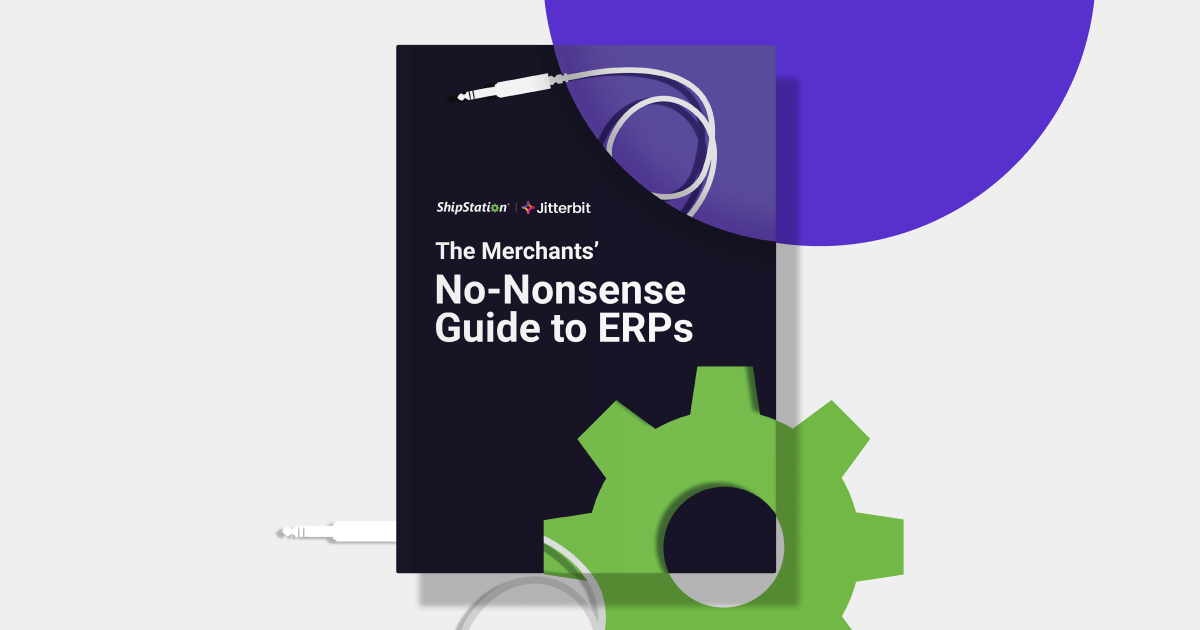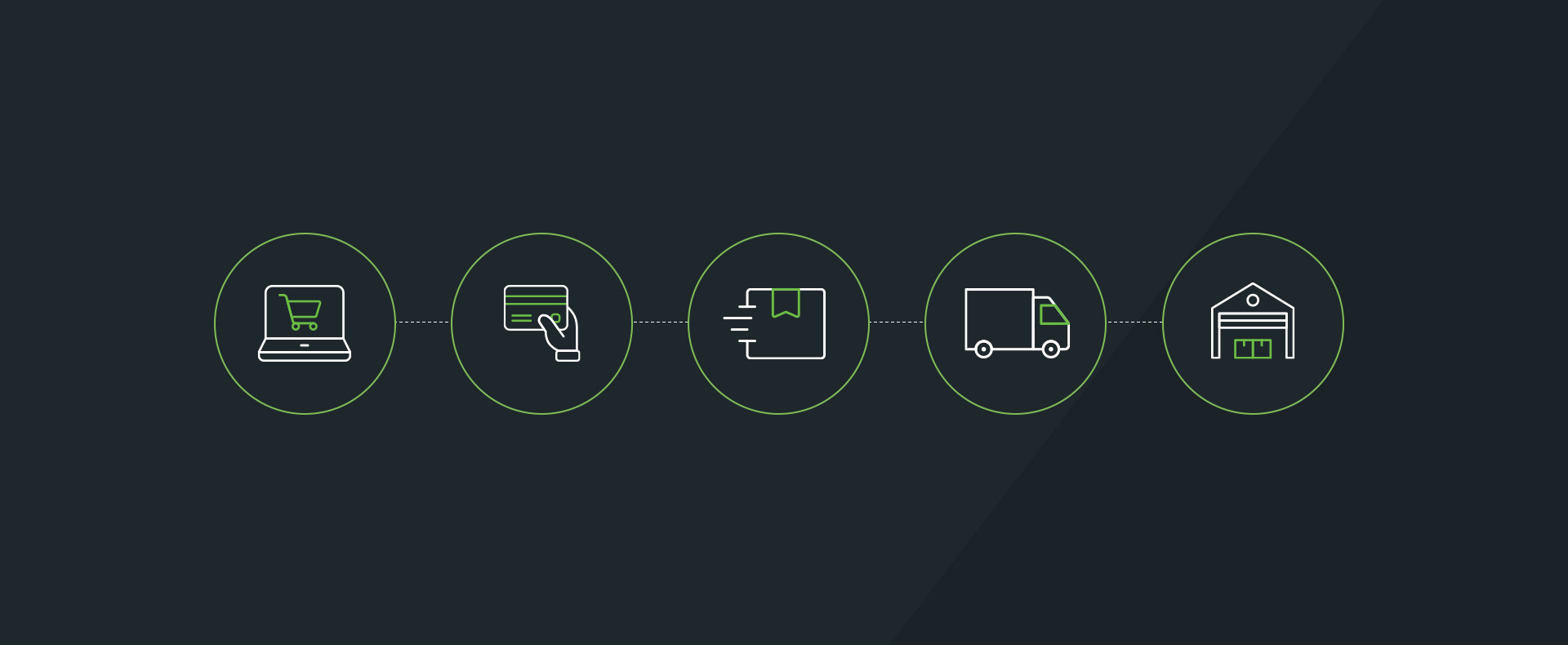Crowdfunding vs. Traditional Financing for Your Business
Successful online retailers know that it takes money to grow a business. So, if you want to expand your inventory, add new features and functions to your platform, hire additional staff, launch a new brand or acquire a competitor, you need to look at how to finance your plans.
Traditionally, small business owners have relied on family, friends and associates for seed capital to launch their operations. If all goes well, you might bring in equity partners to help fund further growth, talk with “angel investors” who want a share of your company, or apply for a loan or line or credit from a bank or other lender. As your business grows, a venture capital or a private equity firm might be interested in making an investment in exchange for a share of ownership.
Now, there is another alternative to consider: attracting small investments from dozens, hundreds or even thousands of individuals through a process called crowdfunding. Basically, this involves working with an online service like GoFundMe, Kickstarter or Indiegogo that places your funding request in front of millions of potential investors. As a business owner, you pay a processing fee for this service.
On a global level, crowdfunding increased dramatically in 2014, expanding to $16.2 billion raised, up from $6.1 billion in 2013, according to Massolution’s 2015 Crowdfunding Industry Report. Business and entrepreneurship was the most popular crowdfunding category, collecting $6.7 billion in 2014, followed by social causes ($3.06 billion), films and performing arts ($1.97), real estate ($1.01 billion), and music and recording arts ($736 million).
The Massolution report forecast strong growth for crowdfunding in 2015, with a year-end projection of $34.4 billion. The largest volume of investments came from Asia, Europe and North America, according to the report, which included information on 1,250 active crowdfunding platforms (CFPs) across the world.
Last year, the top crowdfunding platforms included GoFundMe, which raised $470 million in 2014 and Kickstarter, which raised $444 million, according to Crowdfunding.com.
Pros and cons of crowdfunding
One of the best reasons for considering crowdfunding is the ease and simplicity of launching a fund-raising campaign. All the major platforms will guide you through the process step by step, as you prepare your “pitch.” Because you are asking for relatively small individual investments, you don’t have to prepare a long business plan with detailed financial forecasts for a major investor or a lender.
Another plus is that you don’t have to give up a share of ownership in return for funding. You can repay your investors with a share of the profits from a successful crowdfunding campaign. Crowdfunding also lets you move forward with your plans without the financial burden of paying back a bank loan.
However, there is no guarantee that crowdfunding will generate the necessary funds. Many individuals prefer to contribute to “all or nothing” campaigns, where their funds are held by the CFP until a target is reached. If the total falls short, their funds are returned and the business has to start over again.
Another consideration is that many investors are attracted to innovative brands, technologies and business models. Unless your online store is distinctive enough to attract attention in the “crowded” financial marketplace, those individuals will find another opportunity, and you’ll need to resort to more traditional methods.
Clearly, crowdfunding is an important alternative source of financing for small, mid-size and large online businesses. So before reaching out to a new partner or applying for a loan, take a close look at the leading crowdfunding platforms to see if this new strategy can help you achieve your business goals.






